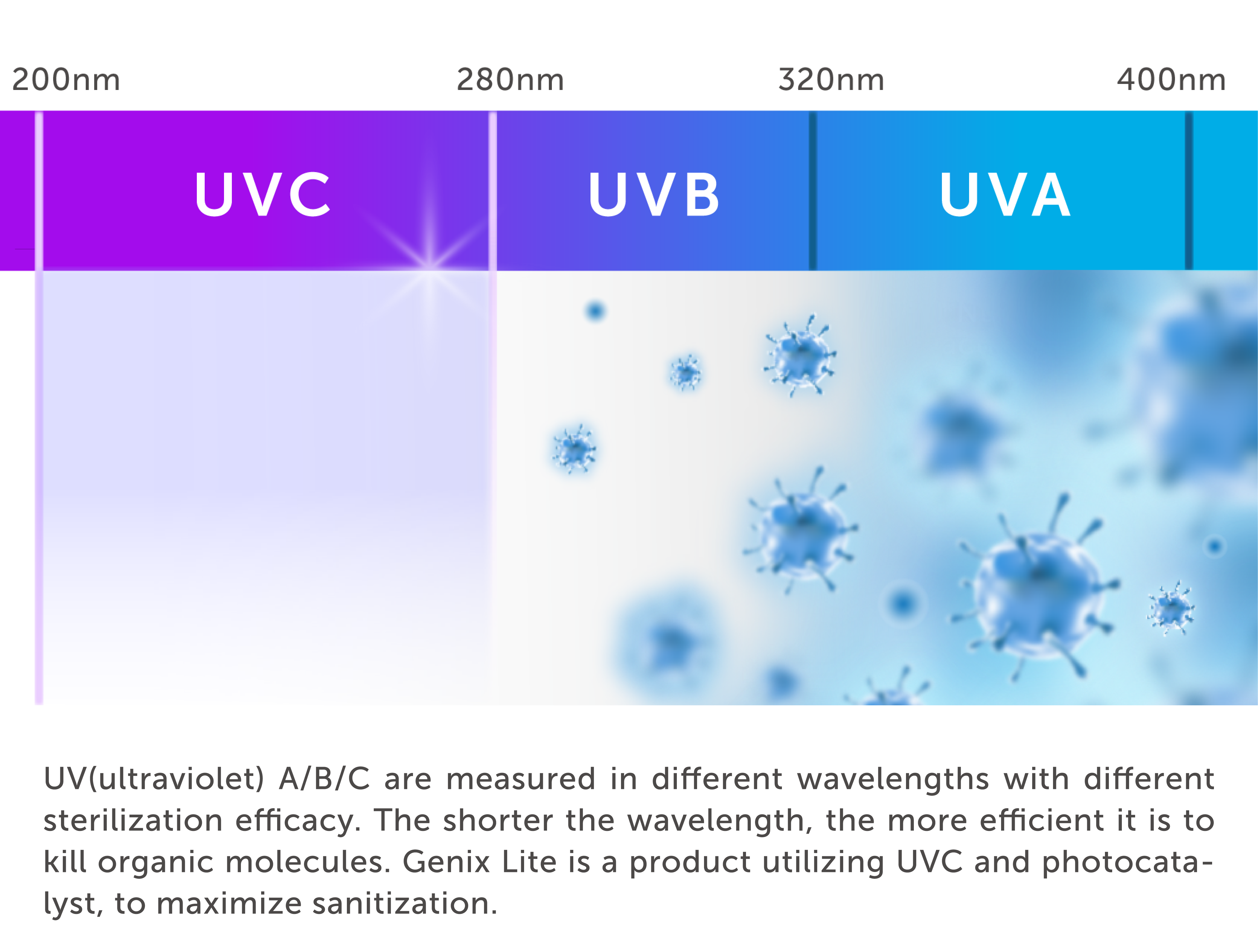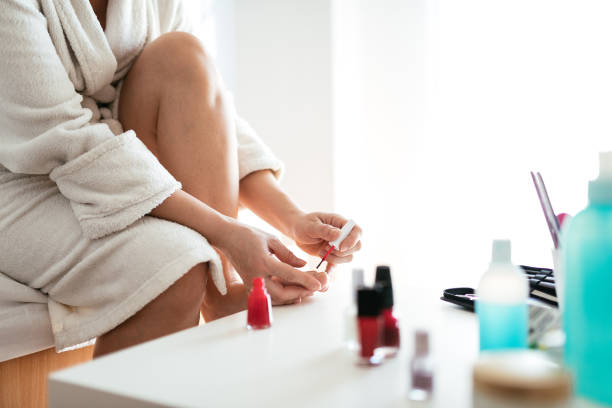Toenail fungus is a common and persistent condition that compels many individuals to seek effective treatments. Among the available options, UV nail lamps have emerged as a potential solution. However, it’s essential to provide a balanced perspective on their effectiveness. In this article, we’ll delve into the realm of UV nail lamps, exploring their role in treating toenail fungus while considering their specific attributes and potential limitations.
Toenail fungus, known medically as onychomycosis, is a prevalent and perplexing ailment. This condition occurs when fungal organisms, such as dermatophytes, yeasts, or molds, infiltrate the nail structure, primarily targeting the keratin-rich tissue that comprises the nails.
The process usually begins subtly, with the fungus entering the nail through small openings or cuts in the surrounding skin. As the fungal infection takes root, nails may gradually exhibit distinct signs. Initial indicators often include discoloration, ranging from yellow to brown, accompanied by thickening of the nail bed. As the infection advances, nails become brittle, making them prone to crumbling or breaking. These effects extend beyond aesthetics, potentially leading to discomfort, pain, and impaired mobility.
UV nail lamps, also known as gel or LED nail lamps, are widely used in nail salons and home treatments to cure and dry various nail coatings. Operating at a wavelength of 365nm, these lamps are designed to harden gel polish and UV-curable nail products. By harnessing specific UV wavelengths, these lamps facilitate the polymerization process, ensuring effective adhesion of nail coatings to the nail surface.
These lamps employ ultraviolet light, primarily UV-C, to target and weaken fungal organisms responsible for toenail infections. However, it’s important to note that while UV light offers some germicidal properties, the wavelength and power of UV nail lamps may not suffice for complete sterilization. While they can effectively eliminate surface bacteria, they might not provide significant germicidal effects against deeper pathogens, fungi, or viruses.
Understanding UV light’s principles is vital in evaluating its effectiveness for sterilization. UV light can be classified as follows:
1. UVA (320-420nm): Long-wave UV light with higher penetration capability that affects skin pigmentation.UVA can reach deep into the dermal layers and affect the melanin in the epidermal regions, leading to skin pigmentation.
2. UVB (280-320nm): Middle-wave UV light with physiological skin effects but limited penetration, without penetrating deeper into the skin. However, due to its higher energy, UVB can cause intense photodamage to the skin, resulting in symptoms such as redness, swelling, and blisters.
3. UVC (200-280nm): Short-wave UV light, absorbed by the ozone layer when passing through the Earth’s surface-atmosphere. It can disrupt the ribonucleic acid (RNA) and deoxyribonucleic acid (DNA) of microorganisms, leading to their destruction.
4. VUV (10-200nm): Vacuum UV light with high energy and potent disinfection, although limited penetration ability.

In the market, professional ultraviolet germicidal lamps are categorized based on ozone presence:
1. Ozone-Producing Lamps (185nm): Emit UV light to convert air oxygen into ozone, effective for bacterial elimination.
2. Ozone-Free Lamps (254nm): Emit short-wave UV light to disrupt microorganisms’ DNA, achieving sterilization goals. Nucleic acids exhibit strong absorption in the ultraviolet range of 240-290nm, with the maximum absorption value occurring around 260nm, which exhibits the highest germicidal efficacy.
Apart from UV nail lamps, alternative treatments include antifungal creams, oral medications, nail debridement, natural remedies like tea tree oil, vinegar, and laser therapy targeting the fungus. Considering the diverse nature of toenail fungus infections, a universal treatment approach is unlikely to be effective for everyone. By embracing comprehensive approaches and seeking professional guidance, individuals can better navigate the challenge of toenail fungus, working towards healthier, more resilient nails.

In conclusion, toenail fungus, a complex ailment, demands a comprehensive strategy for effective management. UV nail lamps offer a promising non-invasive and accessible solution in this battle. While their surface-level sterilization benefits are evident, it’s important to acknowledge that deeper infections may require supplementary approaches such as antifungal creams, oral medications, and laser therapy. Embracing a multifaceted approach and seeking professional guidance ensures a higher chance of achieving healthier nails.
16 Years
Experience
12 Months
Warranty
Monday - Sunday
24/7 Customer Support
Be the first to know about special offers, new innovations and more.